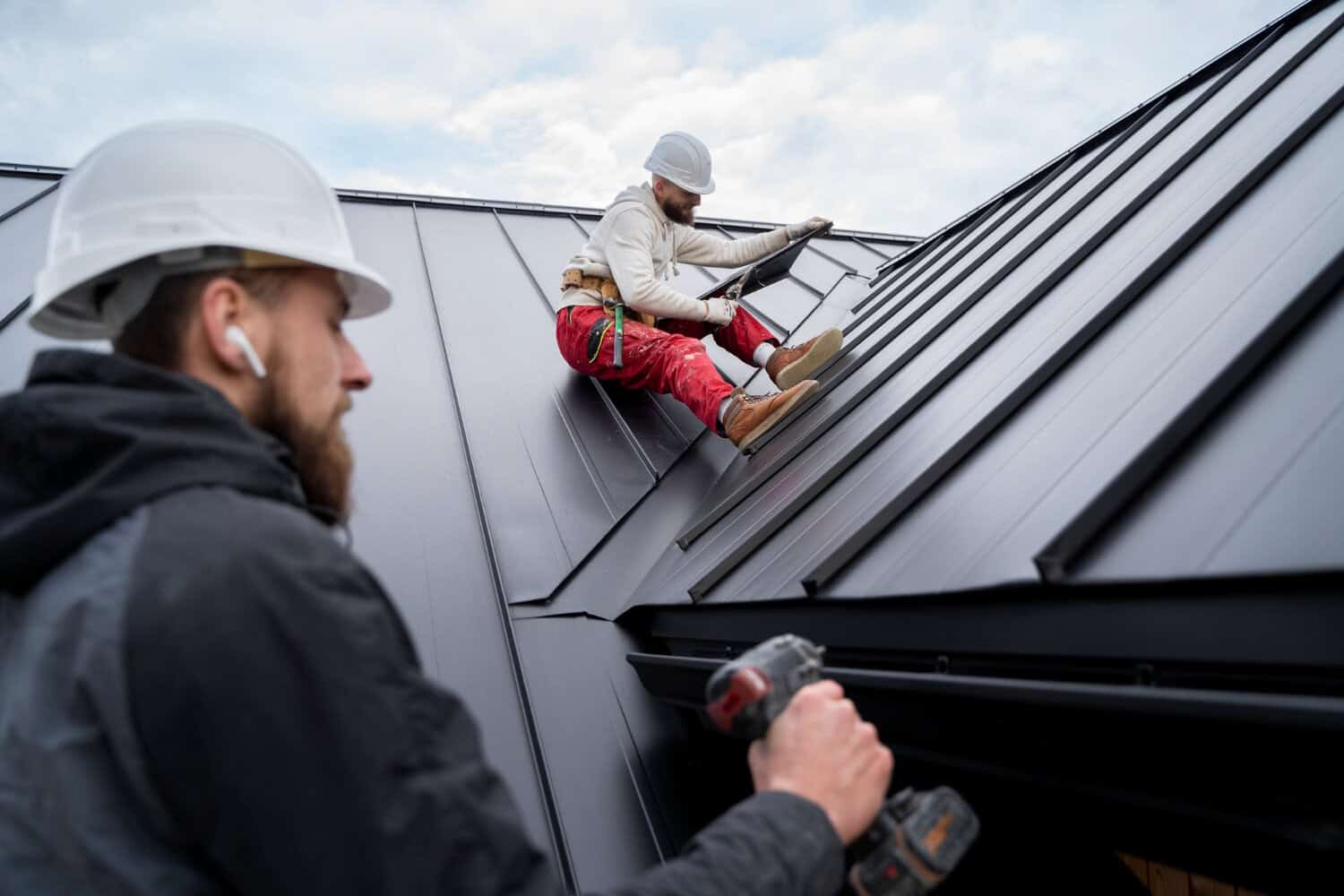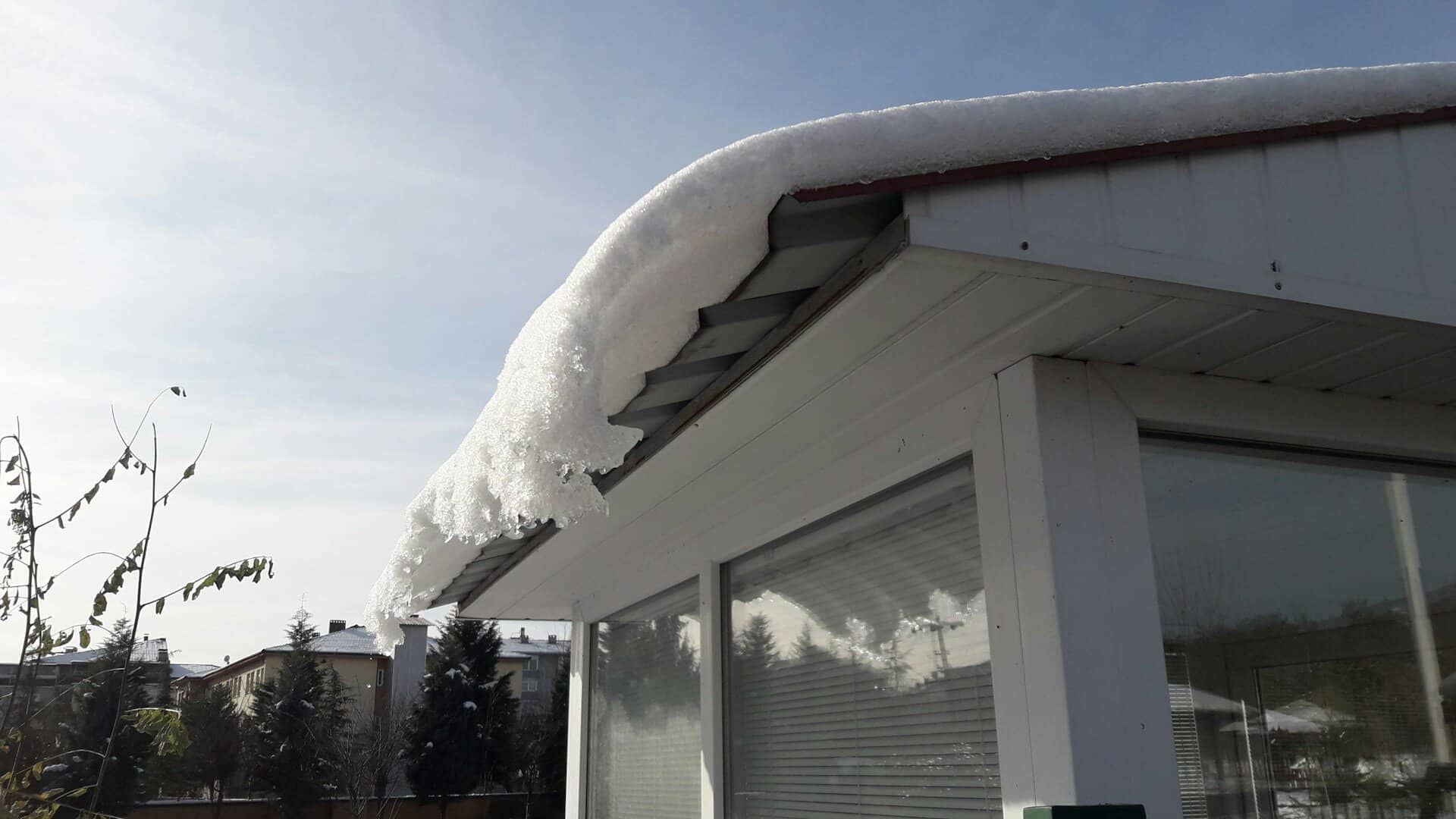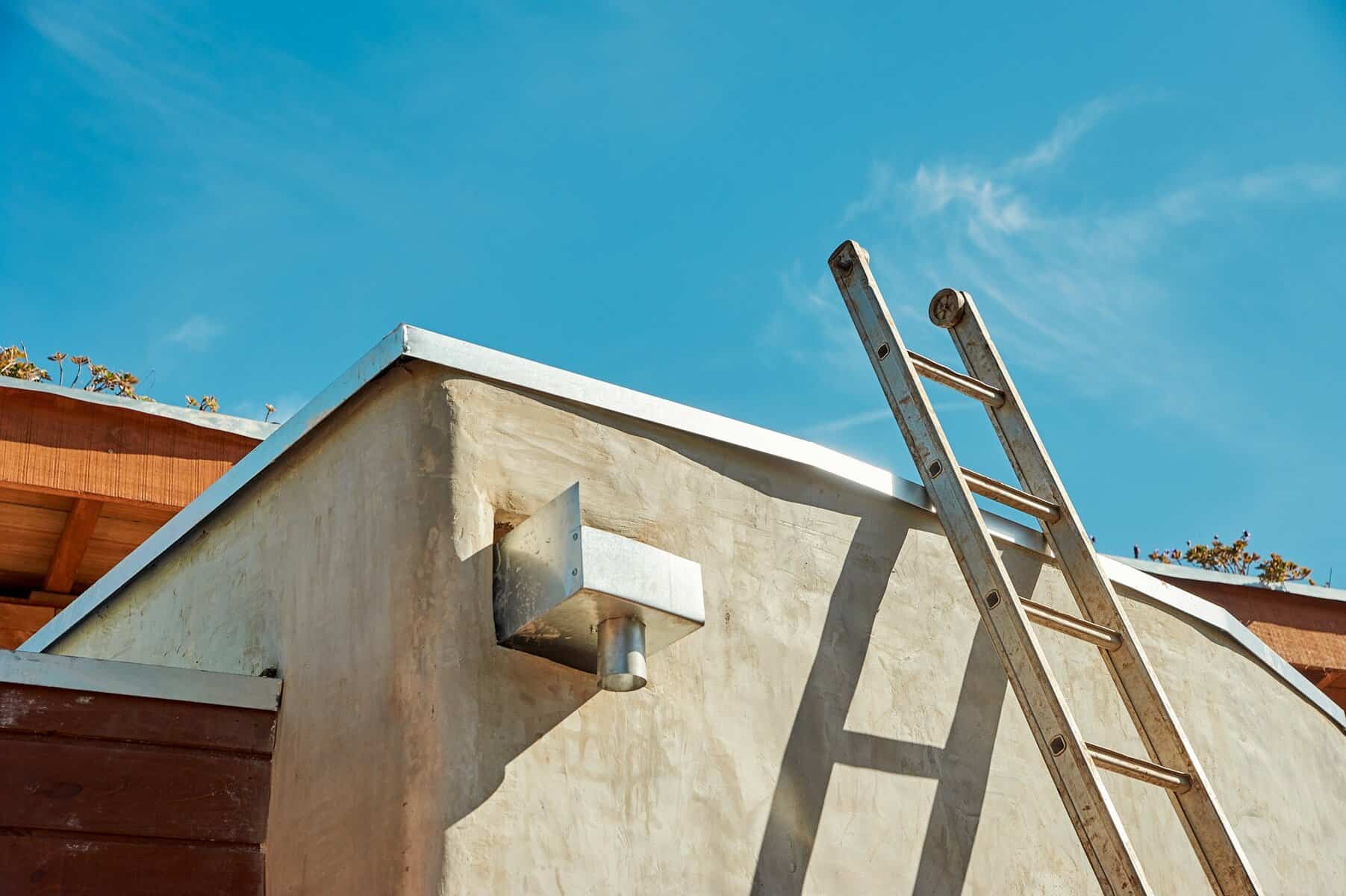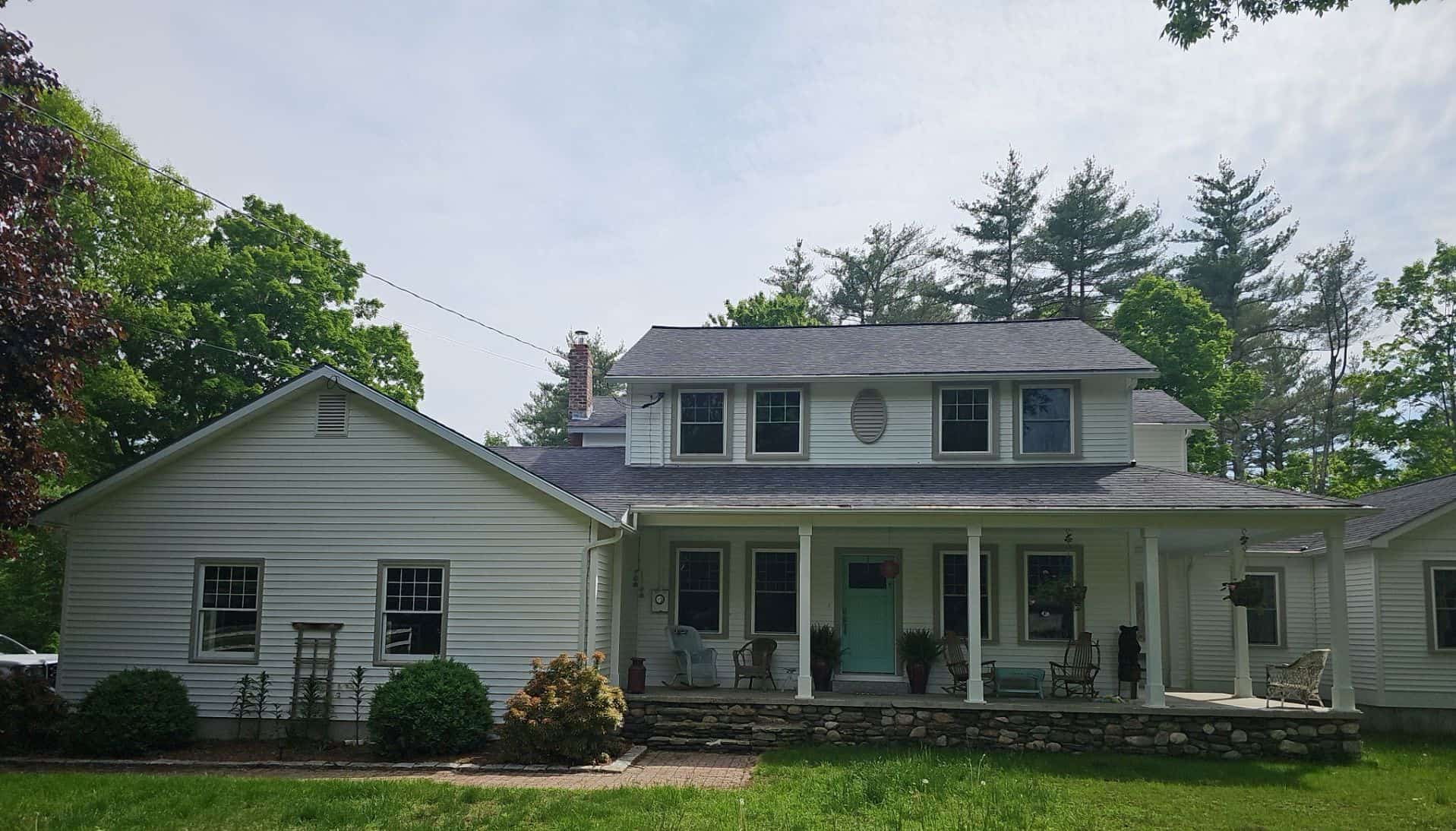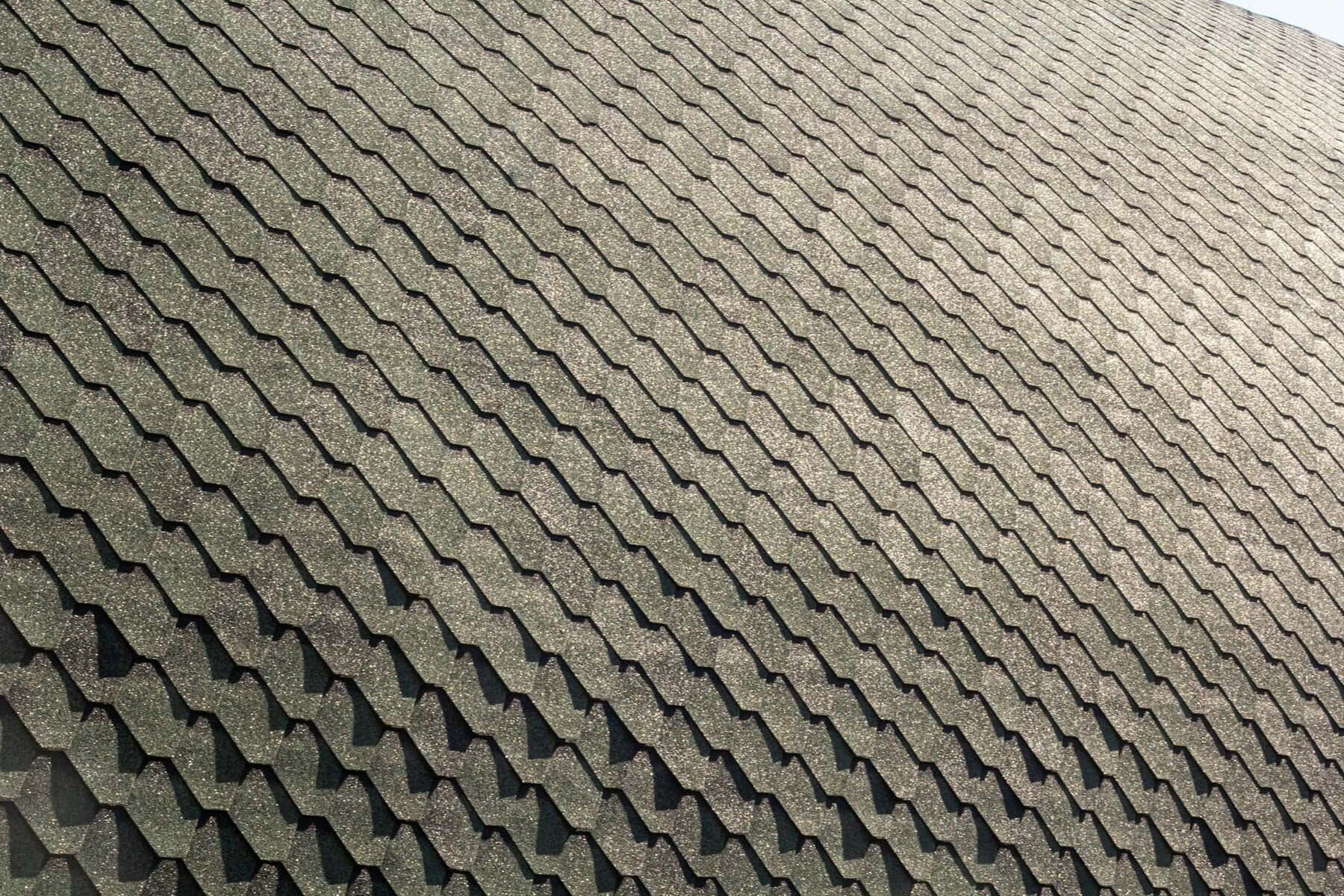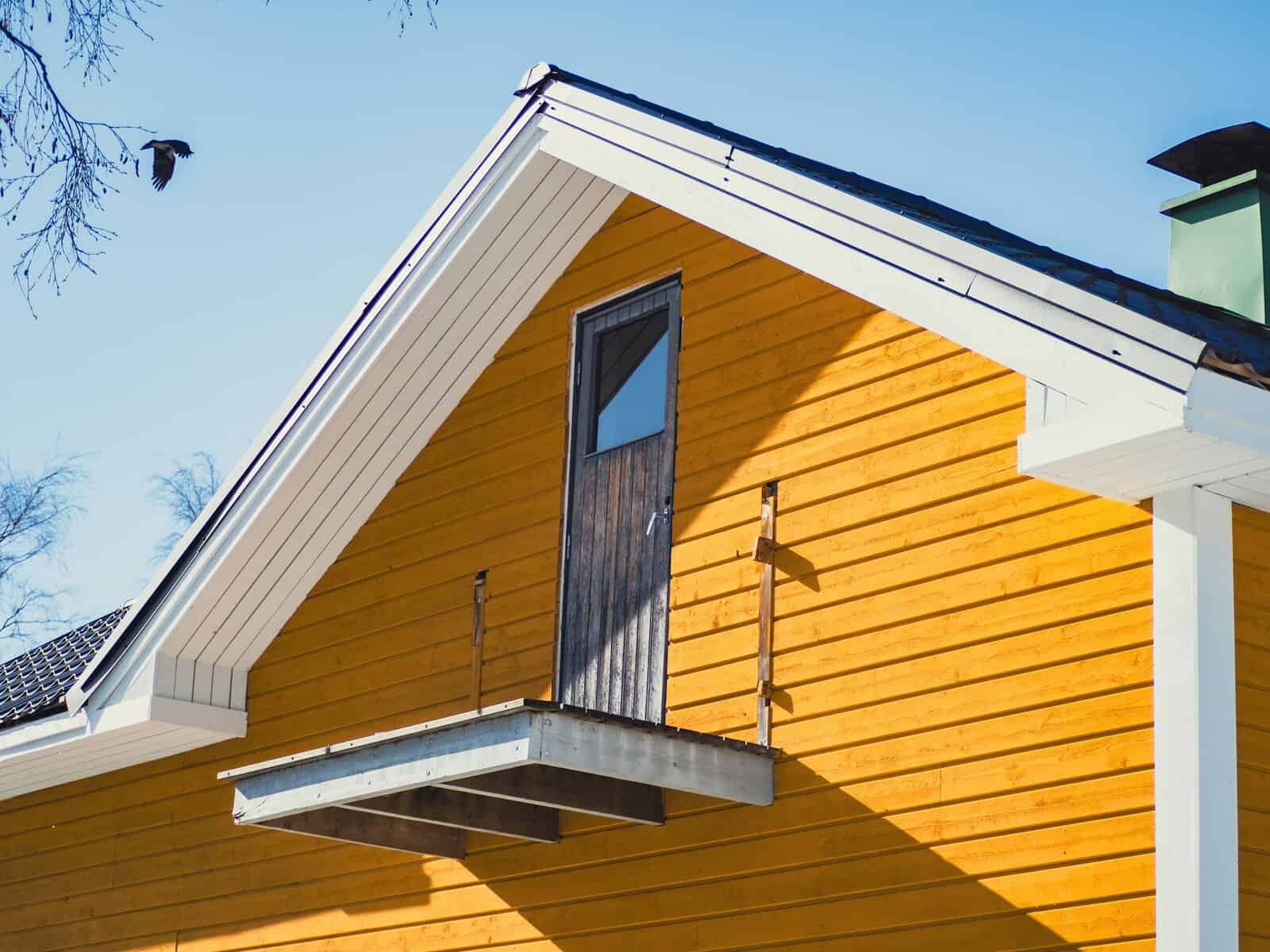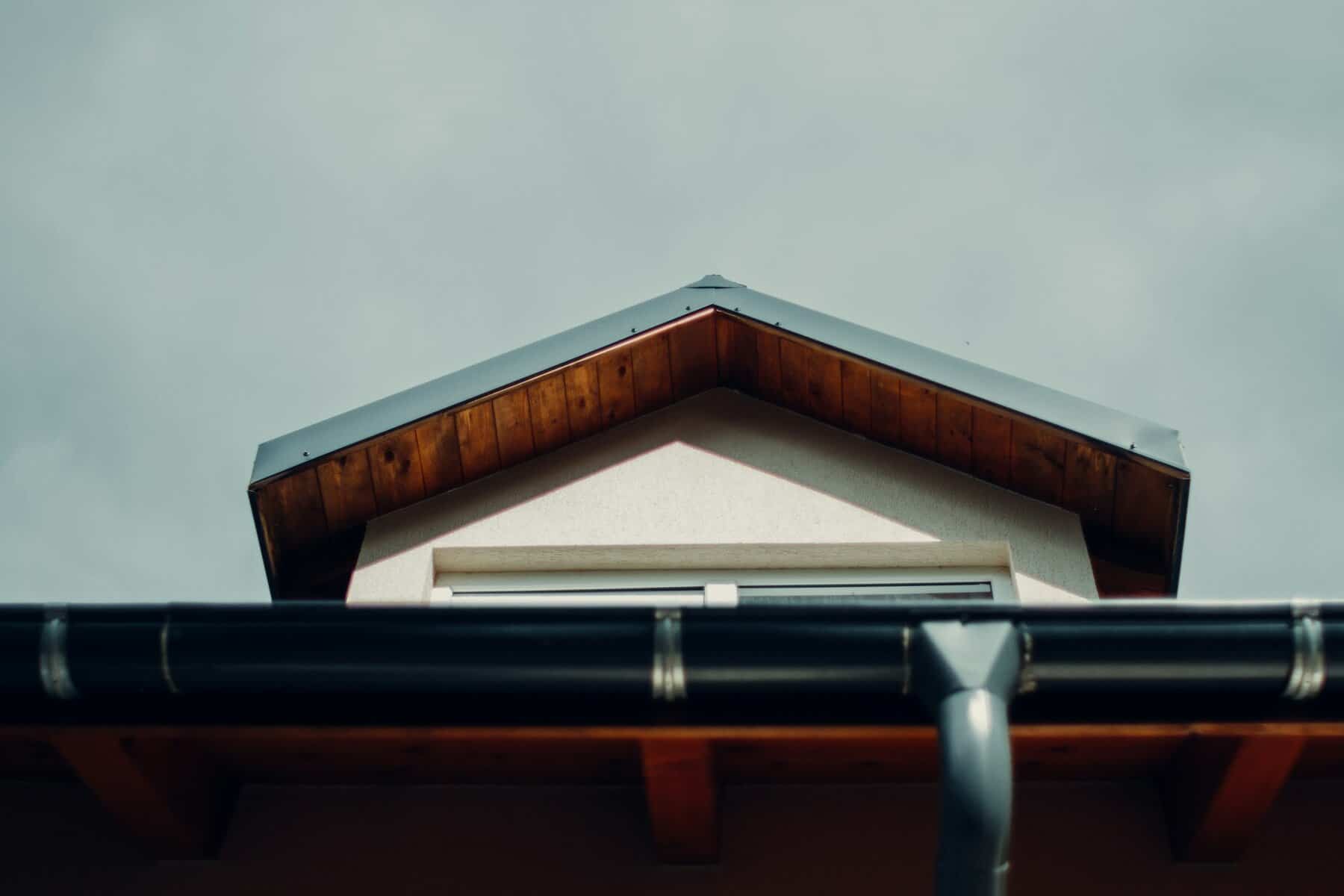Commercial roofs in Nottingham are built to take on a lot: heavy snow loads, quick shifts from freezing cold to warmer temps, rainy autumn weeks, and everything in between. Even though roofing systems are meant to handle rough conditions, they still need attention from time to time. One of the most common issues we run into is damage to the membrane layer. This part plays a big role in protecting the building under it, and any tear or puncture can open the door to water seeping in.
Roof membrane issues can show up without warning, especially if no one’s been up there checking on things in a while. A small tear now can turn into a much bigger problem later if it isn’t handled right. That’s why knowing what to look for and how these tears happen can save you from bigger headaches down the road. Catching damage early, especially before winter hits hard, can make the difference between a simple repair and a costly replacement.
Identifying Roof Membrane Tears
Spotting a tear in your roof’s membrane can be tricky if you’re not sure what you’re looking for, especially since these surfaces aren’t always easy to get to. But some signs pop up on the inside as much as the outside. Being aware of what to watch for helps get ahead of damage, especially during the colder months when frequent melting and freezing can make things worse.
Look out for these warning signs:
– Water stains on ceilings or upper walls
– Damp spots or puddles forming inside the building
– Blisters or bubbles forming on the membrane surface
– Loose seams or visible cracks in the roofing material
– Unusual odors or humidity in top-floor spaces
The membrane is most at risk around seams, roof edges, and spots where equipment has been installed. Areas around vents, skylights, and HVAC units can wear down faster just due to how often they’re handled or stepped on. Damage from foot traffic is common, especially in buildings where people occasionally access the rooftop without using walkways or pads. Inspections can show small tears long before they become leaks, and the sooner that damage is caught, the easier it is to fix.
A proper inspection doesn’t always mean climbing up there after every storm, but it should happen regularly enough that wear and tear don’t go unnoticed. Sometimes what looks like a surface scratch is actually a tear that lets moisture seep underneath the membrane. Professional roof inspectors know where to look and how to tell the difference between minor scuffs and actual damage. Their reports can give clear answers and help plan for repairs without guesswork.
Causes Of Roof Membrane Tears
Membrane tears don’t all come from the same cause. Some start from weather swings, others from human activity, and some just from getting old. In a place like Nottingham, weather plays a big part. Cold snaps followed by sudden warmups can move materials around as they expand and shrink. That constant pressure puts stress on the membrane, especially if it’s already worn thin.
Here are some of the more common causes:
– Rapid temperature changes that cause materials to expand and contract
– High winds that push and pull at weak points
– Snow and ice buildup weighing down the roof surface
– Heavy foot traffic from maintenance crews or unauthorized visits
– Poor installation or low-quality materials used in earlier work
– General aging of materials that have passed their life expectancy
One example we’ve seen involved a flat roof where weekly HVAC maintenance caused wear in the same spots year after year. The team always walked in with tools, stepped on the same area, and eventually broke down the membrane. It wasn’t noticeable at first until water started appearing in the drop ceiling above a storage room. These small, repeated movements can eventually lead to issues if the membrane doesn’t get some added protection in high-traffic areas.
When we trace the source of most commercial membrane problems, it’s usually one of these causes or a mix of them. Knowing what your roof has already been through makes planning repairs and upgrades easier and helps avoid damage that snowballs into bigger concerns later on.
Repairing Roof Membrane Tears
Once roof membrane damage is confirmed, the next step is figuring out how big the issue is. Small tears can sometimes be patched up quickly, while bigger ones may call for more involved work. In some cases, sections of the membrane are too worn or brittle to patch, so a replacement makes more sense. The longer the tear sits, the deeper the damage gets, and not just to the membrane, but to the layers underneath and even the structure below.
Here’s how repairs usually go:
1. Clear the damaged area of debris, dirt, or loose pieces
2. Dry the membrane surface completely so materials can bond properly
3. Cut and apply a patch with compatible roofing material
4. Press and seal the patch with adhesive or heat, depending on membrane type
5. Inspect the edges to confirm they’re watertight and smooth
If the area is large or there’s been ongoing water damage, that piece of the roof might need to be cut out and replaced. Sometimes a tear is just the surface sign of deeper trouble, like soaked insulation or weakened support layers. In those cases, skipping over a full repair just to save time usually backfires.
Timing matters a lot. Waiting too long to fix even a small tear can lead to repeated leaks, mold, or even interior damage to equipment or stock. Commercial roofs protect valuable systems and materials. It’s better to stay ahead of the damage than try to catch up after the fact.
Preventative Measures For Roof Membrane Longevity
Preventing damage before it happens keeps your commercial roof from turning into a recurring expense. Membranes today are made to last, but like any part of a building, they need care to stick around. Regular upkeep can help track wear, catch weak spots, and extend how long the roof keeps doing its job.
Here are a few habits that make a big difference:
– Inspect the roof twice a year, once in spring and once in early fall
– After major storms, walk the surface (if safe) or schedule a quick checkup
– Clear drains and remove debris that builds up and traps water
– Use walkway pads in high-traffic areas to limit wear from foot traffic
– Keep HVAC units and other roof equipment sealed and fitted tightly
Setting up a maintenance routine isn’t just about following a calendar. It’s about learning your roof’s patterns and getting to know where it tends to have problems. Once you get a handle on those details, inspections become faster and easier, and technicians can go straight to the trouble spots.
Taking these steps also helps spot when the membrane is nearing the end of its service life. Catching that ahead of time makes it easier to plan future work, spread out costs, and avoid emergency repairs when something suddenly gives out.
Safeguard Your Nottingham Commercial Roof
Roof membrane issues don’t give much warning. A small puncture during the fall can quietly grow into a bigger tear once snow piles up and starts melting. That water finds the weakest point and pushes through. By the time you notice stains or water inside, the damage might already be stacking up.
If your building in Nottingham hasn’t had a roof check in a while, or if you notice any signs that seemed minor at first, like a soft spot near a vent or musty smells upstairs, it might be time to give it a closer look. Staying on top of roof membrane care means fewer surprises and a better shot at avoiding major problems down the line.
Taking steps now to check for early signs, get repairs done fast, and put a maintenance plan in place gives your commercial building the protection it needs through every season. Let a trusted roofing team handle the hard part so you can focus on running your business.
If you’re looking to repair damage or stay ahead of potential problems, understanding the value of professional commercial roofing in Nottingham can go a long way in keeping your building protected year-round. Count on J. Carnes & Son Roofing to deliver expert solutions that are built to last.


